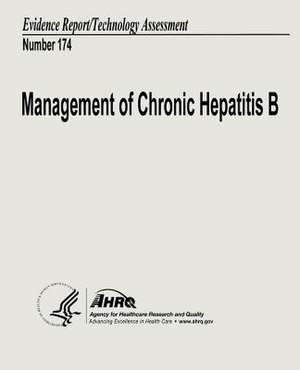Management of Chronic Hepatitis B
Autor U. S. Department of Heal Human Services, Agency for Healthcare Resea And Qualityen Limba Engleză Paperback
Preț: 358.01 lei
Preț vechi: 376.85 lei
-5% Nou
Puncte Express: 537
Preț estimativ în valută:
68.51€ • 73.26$ • 57.12£
68.51€ • 73.26$ • 57.12£
Carte disponibilă
Livrare economică 27 martie-10 aprilie
Preluare comenzi: 021 569.72.76
Specificații
ISBN-13: 9781490324272
ISBN-10: 1490324275
Pagini: 676
Dimensiuni: 191 x 235 x 35 mm
Greutate: 1.14 kg
Editura: CREATESPACE
ISBN-10: 1490324275
Pagini: 676
Dimensiuni: 191 x 235 x 35 mm
Greutate: 1.14 kg
Editura: CREATESPACE
